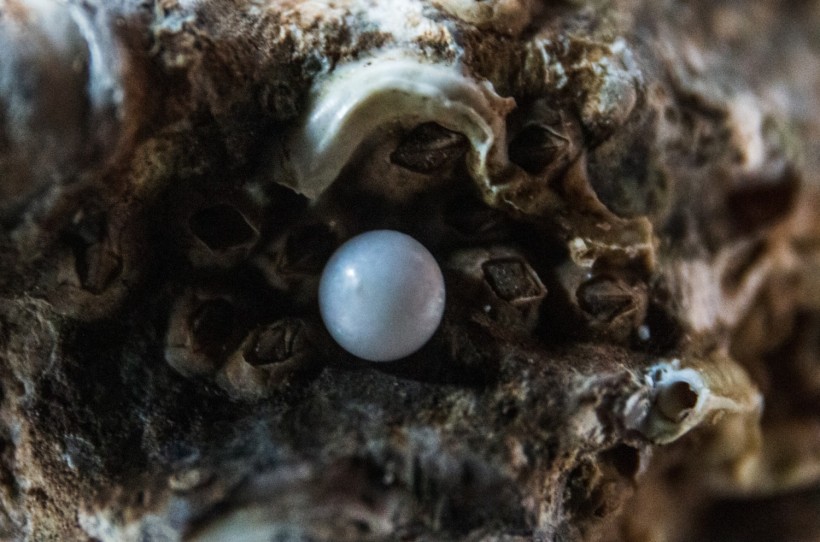Across Japan, pearl oysters are considered vital aquaculture species. This is because they come up with sought-after pearls that get used in jewelry. SciTechDaily notes how across the early 1990s, the entire aquaculture industry annually boomed by 88 billion yen.
However, over the past two decades, pearls in Japan have remarkably dropped because of factors including red tides and diseases. The plummet was remarkable, from roughly 70,000kg each year to only 20,000kg.

ALSO READ: Water Lily Genome, A Window to Angiosperm Evolution
Finding Resilient Pearl Oyster Strains
Researchers have developed a good-quality genome of pearl oysters on the chromosomal scale. According to Ground News, these researchers hope to use such an approach to spot resilient strains and know more about the hidden genetics.
The study was conducted by scientists of OIST (Okinawa Institute of Science and Technology) and was included in the DNA Research journal.
Dr. Takeshi Takeuchi, staff scientist and one of the study authors, expressed the importance of establishing such a genome. Dr. Takeuchi mentions how genomes contain a full set of genes, several of which are important for survival. He notes that with full gene sequences, it is possible to conduct several experiments and handle questions regarding immunity and the formation of pearls.
Last 2012, Dr. Takeuchi and his team came up with a draft genome of a pearl oyster from Japan. SciTechDaily notes how this was one of the first genomes of a mollusk that got constructed. The team pressed on with genome sequencing to end up with a better genome on a chromosomal scale.
An Oyster's Genome
Dr. Takeuchi explains that 14 chromosomal pairs within an oyster's genome are taken from their respective parents. The chromosomes for every pair have close to the same genes. However, there may be inconspicuous differences if their survival can benefit from various gene repertoires.
Traditionally, when sequencing a genome, scientists merge each pair. Such an approach works well among land animals. However, such an approach results in data losses for wild animals where various gene variants exist among chromosomal pairs.
The researchers of the study decided to push through without merging the pairs. Rather than merging, they sequenced chromosomal sets, which is quite an uncommon thing to do. SciTechDaily notes how this study may be the first to use such an approach on aquatic invertebrates.
With 14 chromosomal pairs, these pearl oysters have a total of 28 chromosomes. The researchers reconstructed each one and noted hallmark differences between two chromosomes of a single pair. They found that several genes were linked to immunity.
Dr. Takeuchi notes how it is significant to see various genes in a chromosomal pair because proteins can recognize various infectious diseases. He also mentions that among cultured animals, strains often have higher survival rates or produce more pearls than others.
Through the study, the researchers discovered that there was a significant decrease in genetic diversity in three straight cycles of inbreeding. If this occurs in regions with immunity-related genes, it may impact the organism's immunity.
Dr. Takeuchi notes the importance of maintaining the diversity of genomes among aquaculture species.
RELATED ARTICLE: Scientists Successfully Sequenced Giant Squid Genome
Check out more news and information on Genetics in Science Times.














